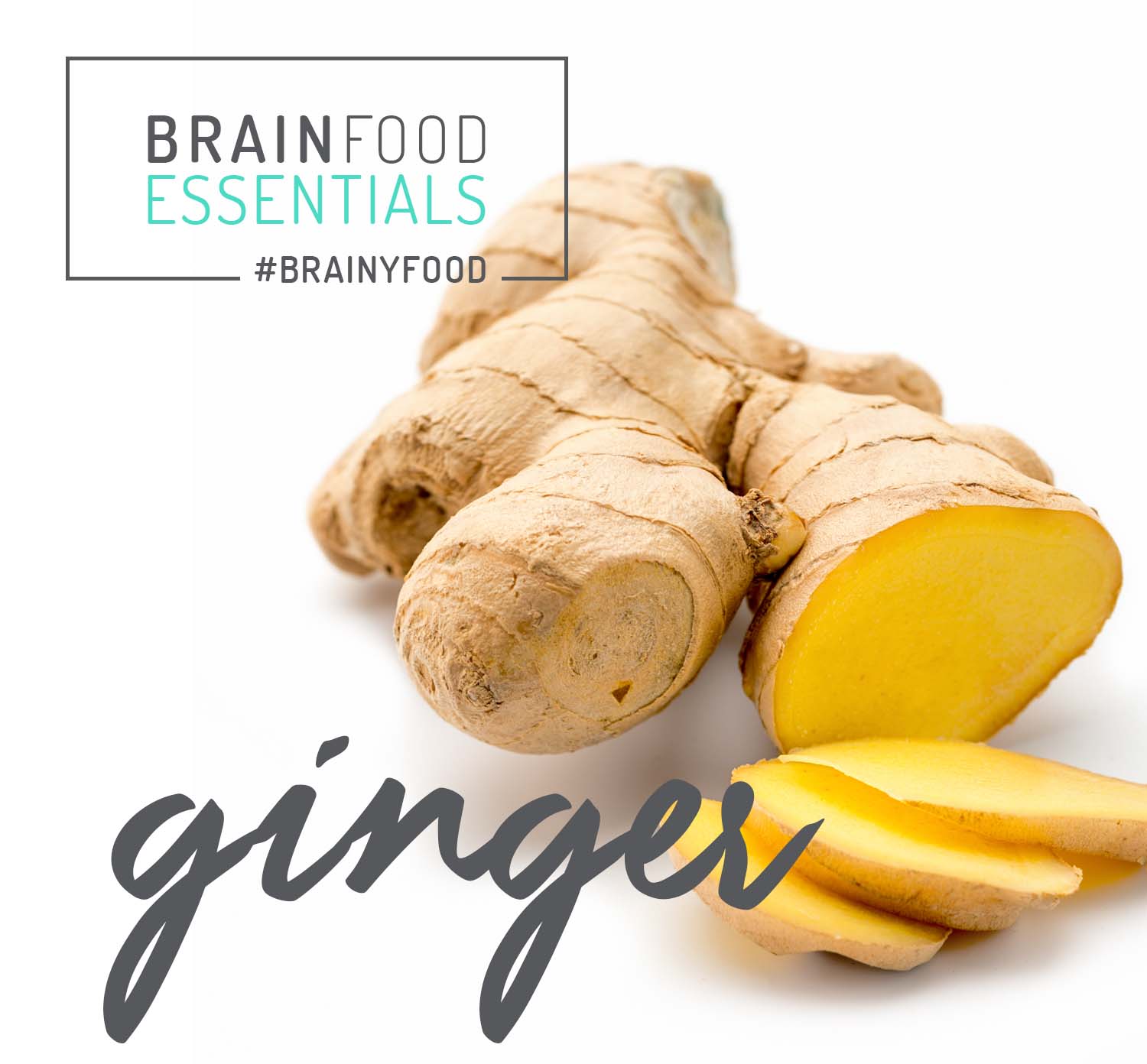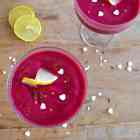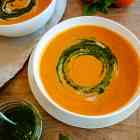Brain Food Essentials: GINGER

When you first think of ginger, your initial association might be making gingerbread houses during the holiday, mom giving you ginger ale while you're sick with a stomachache, or that pile of ginger that comes on the side of your plate of sushi (and usually goes completely untouched). We bet the last thing you think of is brain and mental health. However, there are a lot more uses to ginger then flavouring cookies and fizzy soda drinks. And some ways even make ginger a delicious, fun Brain Food Essential.
Ginger {aka Zingiber}, is a rhizome (horizontal underground plant stem that produces the shoot and roots used to store starches, protein and nutrients in plants) and is one of the oldest medicinal foods. It is arguably one of the most widely used culinary agents and spices in the world! Ginger has a peppery flavour, with a sweet hint of lemon, and an aroma that is pungent and sharp. This healing herb provides the body with essential micronutrients and amino acids that are required for proper brain and nervous system functioning.
It IS In Your Head
Not only is ginger a culinary marvel that possesses the power to really awaken and liven up a dish, it has long been thought to have some pretty powerful medicinal and preventive effects too. It has been used for thousands of years for the treatment of ailments from colds, nausea, headaches, digestive upset and disorders, and many more. But emerging neuroscience data is, for the first time, starting to lend some cool scientific evidence to the idea that it plays an important part in culinary medicine. And, for the first time ever, brain scientists are not only starting to suggest that ginger might be an important player in nutritional psychiatry, but they are also beginning to speculate just how it might be working in our heads!
Neurotransmitters are chemicals used by the brain to communicate with each other. One neurotransmitter in particular, serotonin, is known to influence mood and, specifically, is a primary neurochemical system targeted by antidepressants. Interestingly, chemicals found in ginger have been shown to directly interact with the serotonin receptor believed to be responsible for antidepressant effects (for you neuro-nutrition nerds, it’s the 5-HT1A receptor specifically that ginger’s goodness appears to interact with).
The antioxidant effects of ginger root are thought to safeguard the neurons (nerve cells) of the brain against the oxidative stress that is common in many neurodegenerative diseases including Parkinson’s and Alzheimer’s Disease.
Ginger root is also high in antioxidants, which protect the brain by combating oxidants, or free radicals, that get their nasty little claws into the brain’s delicate tissues and cells by damaging proteins, fats and even DNA. The antioxidant effects of ginger root are thought to safeguard the neurons (nerve cells) of the brain against the oxidative stress that is common in many neurodegenerative diseases including Parkinson’s and Alzheimer’s Disease. Overproduction of free radicals also leads to inflammation, and compounds found in ginger also act as an excellent anti-inflammatory, thus potentially protecting our precious brain cells from the dangerous neuro-inflammation linked to various brain and mental health imbalances.
3 Ways To Spice Up Your Life With Ginger
1. Ginger Ale Fizz
This is a NeuroTrition spin on the widely popular soft drink Gingerale. You simply make ginger tea: combine1 cup peeled, finely chopped ginger and 2 cup boiling hot water, simmer for 8 minutes and strain. Then, add 2 tsp of raw honey and ½ cup of carbonated water to 1 cup of your ginger tea. Drink right away to get that fizz factor! Ginger tea or Ginger Ale Fizz also makes a good coffee substitute since it increases energy and blood flow to the brain for a real boost—without caffeine.
2. Ginger Jello!
Summer is right around the corner... why not try some easy homemade jello, a perfect vehicle to get in delicious doses of this healing herb. Lemon and orange are great flavours to add and blend with ginger. Use 2 cups of 100% fruit juice, 2 one-ounce envelopes of unflavoured gelatin, 1 tsp of powdered ginger (or 3 tsp of chopped fresh ginger) and a Tbsp of honey. Set aside 1/2 cup chilled juice. Place ginger in a jar and heat 1 1/2 cups of juice to almost boiling, pour over ginger and allow to steep for 20mins, strain and then return to heat and bring to boil. While juice is reheating, sprinkle the unflavoured gelatin over the reserved chilled juice and let sit for 1 minute. Pour boiling juice over the gelatin/chilled juice mixture and stir for about 5 minutes until dissolved, adding honey into the mixing.
Cool in your fridge for about three hours, cut into desired shapes, store in refrigerator and enjoy!
3. Ginger Syrup
This is an easy honey based syrup.
Make a strong ginger tea (as directed above under “Ginger Ale Fizz”), then stir in 2-3 times as much raw honey as you would use for tea. Pour syrup into a glass jar and store in fridge. It should last about 12 weeks. What brainy things can you do with it? Use it with a bit of fresh garlic and tamari for a delectable low sodium, low sugar and MSG-free Asian sauce or add 1-2 Tbsp of arrowroot powder to a cup of syrup and blend to make delicious low sugar ginger jam.
Get creative and enjoy the many benefits this Brain Food Essential has to offer. Because we could all use a little more ginger spice in our lives!
Contributions to this article provided by Dr. Matthew Hill, PhD.
- References
-
- Bode AM, Dong Z. The Amazing and Mighty Ginger. In: Benzie IFF, Wachtel-Galor S, editors. Herbal Medicine: Biomolecular and Clinical Aspects. 2nd edition. Boca Raton (FL): CRC Press/Taylor & Francis; 2011. Chapter 7.
- Nievergelt, A., Huonker, P., Schoop, R., Altmann, K.H., & Gertsch, J. (2010). Identification of serotonin 5-HT1A receptor partial agonists in ginger. Bioorganic & Medicinal Chemistry. 18, 3345-3351.
- Sharma, P., & Singh, R. (2012). Dichlorvos and lindane induced oxidative stress in rat brain: Protective effects of ginger. Pharmacognosy Research, 4(1), 27–32.










